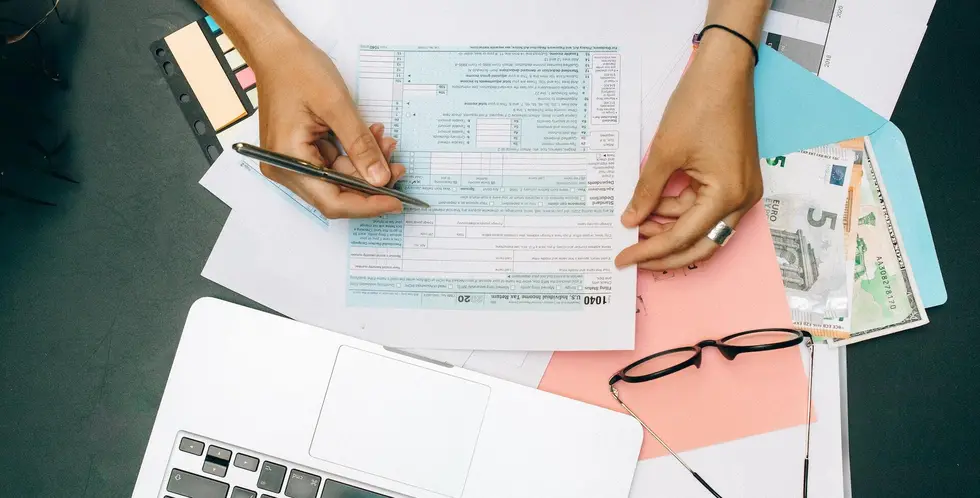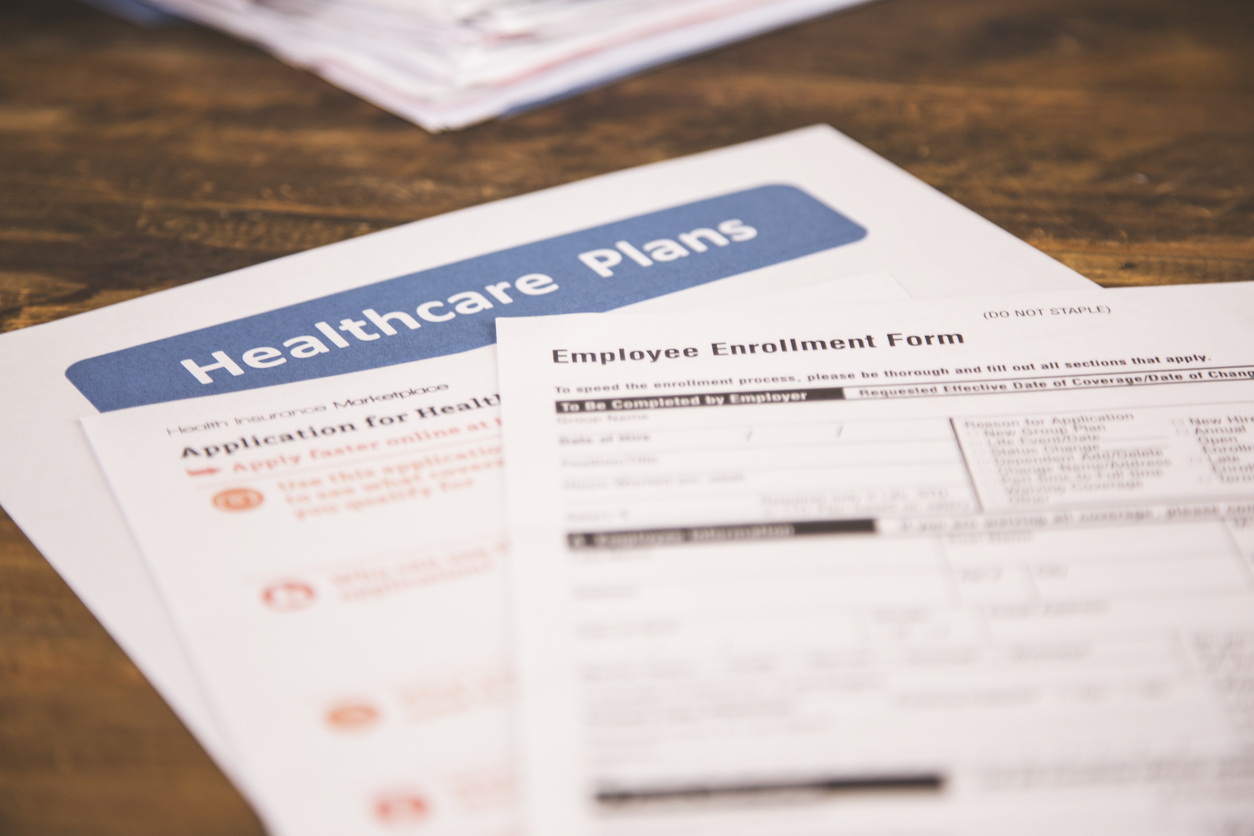Author: Admin
-
Hsiiw
Hsii
-

All About the 1095-A Form on Healthcare.gov: A Complete Guide
If you’ve enrolled in a Marketplace health plan through Healthcare.gov, you’ll likely encounter Form 1095-A. This form is crucial in reporting your healthcare coverage and calculating tax credits, which can affect your federal income tax return. If you’re unfamiliar with Form 1095-A or how it impacts your taxes, this guide will walk you through the essentials in a simple, reader-friendly way.
What Is Form 1095-A?
Form 1095-A, also known as the Health Insurance Marketplace Statement, is an official tax form the federal government provides to individuals who purchase health insurance through the Marketplace. This form reports details of your health coverage, premium costs, and any advance premium tax credits you received to help lower monthly payments.
This form serves two primary purposes:
- It helps you reconcile your premium tax credit – If you received advance tax credits to help pay for your health plan, you’ll need to reconcile the amount you received with the amount you qualify for based on your income.
- It proves you had health insurance coverage – The IRS needs this information to verify you had coverage, which can affect any penalties or credits on your tax return.
Why Is Form 1095-A Important?
Form 1095-A is crucial for completing IRS Form 8962, the Premium Tax Credit form, on your federal tax return. This helps determine if you received the correct amount of tax credits throughout the year. If you received more than your income qualifies for, you might have to repay some or all of the excess. Conversely, you could receive an additional refund if you qualify for additional credits.
When Will I Receive Form 1095-A?
The Marketplace typically sends out Form 1095-A by January 31st each year. This form is available on your Healthcare.gov account, so if you don’t receive a mailed copy, you can access it online.
What Information Does Form 1095-A Contain?
Form 1095-A has three parts:
- Part I: Covered Individuals and Policy Information – This section provides your name, Social Security number, policy issuer, and other essential identification information.
- Part II: Monthly Premium Amounts – This section shows the monthly premiums for the second-lowest-cost Silver plan, or SLCSP. This is important for calculating your tax credit.
- Part III: Premium Tax Credit Information – This part details the monthly premium amounts and the advance tax credits received. You’ll use these numbers to reconcile your credits on Form 8962.
How to Use Form 1095-A to File Your Taxes
- Locate Your Form 1095-A – If you have not received it by January 31, you can log into your Healthcare.gov account to download it.
- Review Your Information – Ensure all personal information, policy numbers, and premium amounts are correct.
- Fill Out Form 8962 – Use the information from Form 1095-A to complete IRS Form 8962, which reconciles your tax credit.
- Include Form 8962 With Your Tax Return – Once completed, attach Form 8962 to your federal tax return. This step is critical if you received advance premium tax credits.
What to Do If Your 1095-A Form Has Errors
If you find mistakes on your 1095-A form, it’s essential to address them before filing your tax return. Here’s what you can do:
- Contact the Marketplace – Log into your Healthcare.gov account or call their help line. They can help you resolve errors.
- Request a Corrected Form – The Marketplace will issue a corrected Form 1095-A if an error is identified. Do not file your taxes until you have the correct information.
Frequently Asked Questions (FAQs)
1. What if I didn’t receive my 1095-A form?
- Answer: If you haven’t received Form 1095-A by early February, log into your Healthcare.gov account. You should be able to download a copy from your account under the tax forms section.
2. Can I file my taxes without Form 1095-A?
- Answer: Technically, yes, but it’s not recommended. Form 1095-A contains information critical for completing Form 8962, which calculates your tax credit. Filing without it could delay your tax return or impact your tax credit reconciliation.
3. What if I moved or changed plans during the year?
- Answer: If you had multiple Marketplace policies, you should receive a separate 1095-A form for each policy. Be sure to use all forms received to complete Form 8962.
4. What if I find errors on my 1095-A form after I’ve filed my taxes?
- Answer: If errors are discovered after you file, you’ll likely need to file an amended tax return. Contact Healthcare.gov to get a corrected 1095-A form and then submit IRS Form 1040-X to correct your return.
5. How does Form 1095-A differ from 1095-B or 1095-C?
- Answer: Form 1095-B is issued by insurance providers and covers minimum essential coverage. Form 1095-C is issued by employers offering health insurance. Form 1095-A is unique to Marketplace plans.
6. What if I didn’t use any premium tax credits?
- Answer: You still need to file Form 1095-A if you had Marketplace coverage. If you didn’t take any advance credits, you could be eligible for a tax refund when you file.
7. Will I owe money if I earned more than I estimated?
- Answer: Possibly. If your income was higher than expected, you may have received too much in tax credits and might need to repay some or all of it.
Common Mistakes to Avoid
- Not Reconciling Tax Credits – If you received advance credits, always complete Form 8962, or you could face delays.
- Forgetting to Report Life Changes – Keep the Marketplace updated on any income or family changes. This can prevent overpayment or underpayment of tax credits.
- Filing with Errors on 1095-A – Ensure all details are correct on your 1095-A before filing. Mistakes can lead to delays or incorrect calculations.
What to Do If You Received an Incorrect 1095-A Form
Sometimes, the 1095-A form may have incorrect information, such as a wrong policy number or inaccurate premium amounts. If this happens, here’s how to handle it:
- Log into Healthcare.gov – Start by logging into your Marketplace account to verify details.
- Check for a Corrected Form – The Marketplace may already have issued a corrected 1095-A form.
- Contact Marketplace Support – If there’s no corrected form, contact support to request one. The corrected form will update the errors, allowing you to file correctly.
Conclusion
Form 1095-A is essential for anyone with Marketplace coverage, as it affects how much tax credit you receive or owe back on your federal tax return. By understanding how to use it, reviewing its details, and following the steps to reconcile your credits, you can make tax filing easier and avoid potential issues. If errors arise, the Marketplace is there to help. Following this guide can ensure that your tax process goes smoothly, letting you make the most of your health coverage benefits without surprises.
